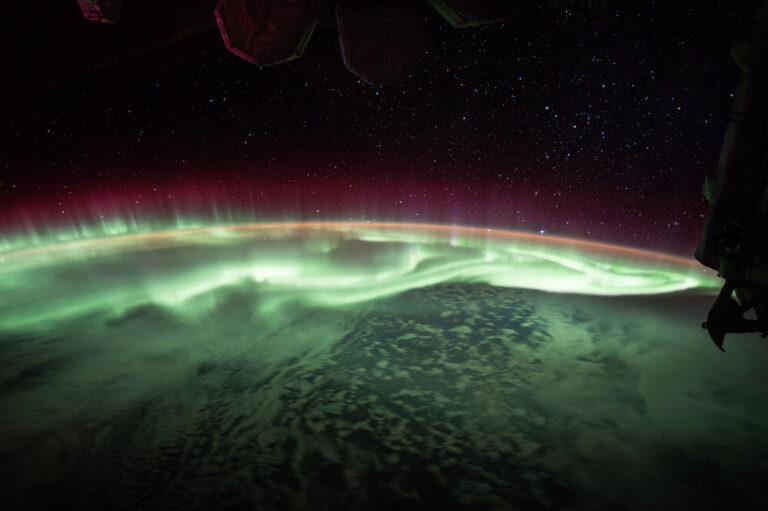NASA has selected three proposals for concept studies of missions that could help us better understand the dynamic space weather system driven by the Sun that manifests near Earth. The proposals examine what drives different parts of that system and ultimately could help predict and mitigate its effects on spacecraft and astronauts.
“NASA’s research to understand the space we travel through relies on exploring key details about a vast system from the Sun, to Earth, to the edges of the solar system,” said Peg Luce, deputy director for heliophysics in the Science Mission Directorate at NASA Headquarters in Washington. “Each of these proposals could add a significant tool from a unique vantage point to help us understand that system.”
Each of these Heliophysics Mission of Opportunity proposals will receive US$400,000 to conduct a nine-month mission concept study. After the study period, NASA will choose one proposal to go forward to launch. Each potential mission has a separate launch opportunity and timeframe.
The proposals were selected based on potential science value and feasibility of development plans. The total cost for the mission ultimately chosen will be capped at US$55m and is funded by NASA’s Heliophysics Explorers’ program.
The selected proposals are:
Extreme Ultraviolet High-Throughput Spectroscopic Telescope (EUVST) Epsilon Mission. EUVST would aim to provide an answer to a fundamental question in solar physics: How does the interplay of solar material – a hot plasma – and magnetic fields drive solar activity and eruptions, such as solar flares and coronal mass ejections? The mission would launch with the Japan Aerospace Exploration Agency’s Solar-C mission, planned for 2025. EUVST would observe simultaneously, for the first time and over a wide range of the lower solar atmosphere, how magnetic fields and plasma interact. Those observations could help us learn more about how the two systems contribute to the dynamic atmosphere around the Sun. The principal investigator for EUVST is Clarence Korendyke at the US Naval Research Laboratory in Washington.
Aeronomy at Earth: Tools for Heliophysics Exploration and Research (AETHER). AETHER would explore the ionosphere-thermosphere system and its response to geomagnetic storms. From a position aboard the International Space Station, it could gather observations of the ionosphere – the area of our atmosphere that overlaps with the lower regions of space. These observations would be complemented by ground observations of electrons in the same region. The mission would provide information on how the neutral, terrestrial-weather-driven thermosphere interacts with the ionosphere’s charged particles. Understanding how the neutral atmosphere affects the ions and vice versa is key to better understanding the complex space weather system surrounding our planet, which affects spacecraft and astronauts flying through it. The launch of AETHER would be no later than 2024. The principal investigator for AETHER is James Clemmons at the University of New Hampshire in Durham.
Electrojet Zeeman Imaging Explorer (EZIE). EZIE would focus on an electric current known as the auroral electrojet, which circles through the atmosphere around 60-90 miles above Earth, near the poles. Using three SmallSats to measure magnetic fields, EZIE would observe the structure of electrojets and explore what causes them and how they evolve. Electrojets are part of a larger space weather system that can lead to oscillations in Earth’s magnetic fields, creating geomagnetic storms that can interfere with spacecraft and – at their most intense – utility grids on the ground. Knowing how electrojets form and grow could contribute to ultimately predicting such storms. EZIE would launch as part of the agency’s CubeSat Launch Initiative. EZIE also would launch no later than 2024. The principal investigator for EZIE is Jeng-Hwa Yee at the Johns Hopkins University Applied Physics Laboratory in Laurel, Maryland.



